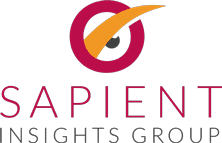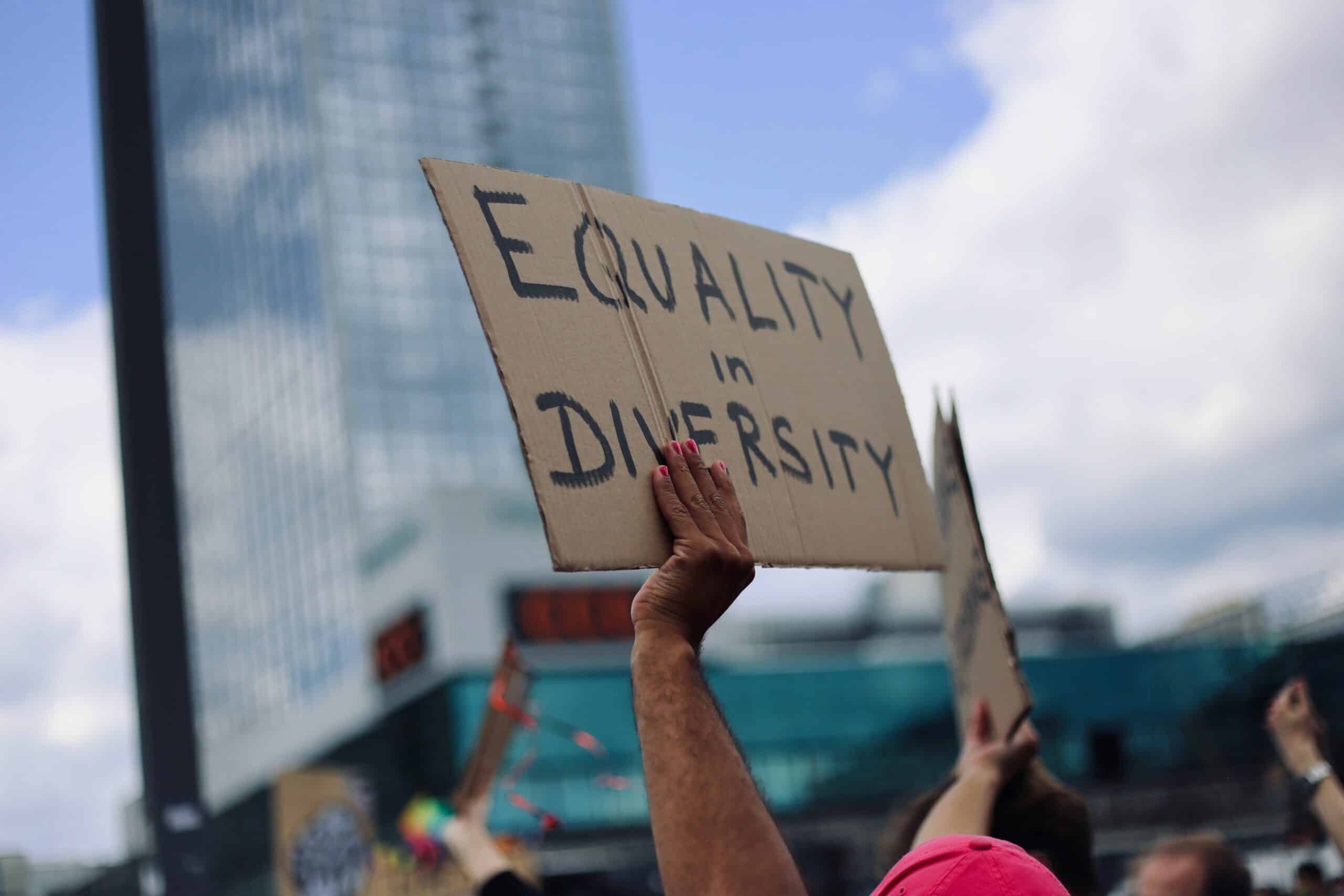Human Resources
‘Anticipatory’ Organizations: Combining Agility and Anticipation for the Future of HR
19 July 2021

Technology-driven change is only accelerating, but businesses and HR teams need to realize that moving fast in the wrong direction is not the answer. Perhaps agility needs to be combined with an ability to ‘anticipate’ future trends and changes before they happen – what does it mean to be an ‘anticipatory’ organization?
On our latest episode of The Ins and Outs of Work, we spoke with Stacey Harris, Chief Research Officer, and a Managing Partner for Sapient Insights Group, who had some valuable insights on the topic.
In her role, Stacey oversees Sapient Insights’ research and analyst function, including the Annual HR Systems Survey, now in its 24th year.
On the podcast, we also took the opportunity to ask Stacey about the findings of the most recent edition of the Sapient Insights HR Systems Survey.
Anticipatory organizations: to what extent can change be anticipated in the workplace in 2021?
According to Harris, over the last several years, there’s been a devaluing of long-term planning exercises because organizations weren’t able to anticipate too often.
But if the health crisis has taught us anything, it’s that while change is constant, yes, you can plan.
You just have to plan for multiple scenarios and not for an assured outcome.
What we’re seeing in the market today is people and organizations shifting from continuity planning (essentially risk management efforts) to thinking about a series of forecasted outcomes over 3-4 years, and which tools can provide data to help make these decisions.

– Stacey Harris, Chief Research Officer, and Managing Partner
The fact of the matter is that it’s no longer about what is happening or what is going to happen, but actually about having the right data available at your fingertips to help make the decisions you need when the time comes.
So yes, organizations can anticipate.
However, they must think in terms of data and scenarios, and less in terms of expected, assured outcomes.
Data to consider when doing enterprise workforce planning:
– Skills: do I have data on the skills that I have in my organization?
– Job roles: do I know what job roles we have and what they’re supposed to be doing for my organization?
– External data: environmental issues and economic issues in their region.
– Benchmarking data: compensation data and other metrics in my industry from an HR perspective.
Agility is no longer enough
Historically, the term ‘agility’ was initially coined for software development. It was the idea that you would launch a software product and then continuously get feedback from your customers and iterate on it over time.
This is completely different from the more traditional model, the cascading model, where once your product was launched, it was basically already behind on all the new requirements.
Similarly, being an agile organization means you’re constantly collecting employee and customer feedback, and evolving your organization to fit their needs and expectations.
But change is hard and uncomfortable.
If you’re constantly changing, your employees and customers can’t depend on what you’re offering and don’t know what to expect. You need to have room to be able to hear, reflect, and bend in ways that make sense for the future we’re trying to achieve.
Being agile, or better yet, flexible, doesn’t have to mean you shift gears all the time. It means making calculated changes and ensuring you take the time to listen and monitor the outcome of any changes you make.
HR’s opportunity to be seen as more strategic
In this environment, HR has had more of an opportunity to share that the data, tools, and the interaction we have with employees is more critical to the organization than we’ve ever thought before.

– Stacey Harris, Chief Research Officer, and Managing Partner
HR is one of the most critical organizational functions that have to be both practical and strategic at the same time. And after the events of the past year, the practical side has really increased.
HR was able to get things done and get them done fast.
But now it’s time for the HR department to remind people why the work they did has helped their organization move into the future. It’s time to seize the opportunity to become more strategic in demonstrating how they can help their organizations become more flexible and anticipate the future.
Pillars of an innovative HR department
- Have an assigned role, someone who thinks “How do we continuously address the market in an innovative way?”
- Think small. Innovation could be as “small” as improving workflows. Small changes can create a big impact.
- Create a culture of learning, accepting new ideas, and learning from failure. And make sure you have leadership buy-in.
Sapient Insights annual HR systems survey
For the past 24 years, Sapient Insights has continuously asked the HR community how they’re using HR technology, how they’re delivering and adopting it, and what tools and techniques they’re using to get the most out of it. The survey covers everything from core HR and payroll to talent management and wellness systems.
The goal is for the aggregated survey report to become the voice of the HR community.
Anyone with insights, whether they’re HR professionals, learning professionals or even a talent, should have the opportunity to share their feedback on user experience and vendor satisfaction ratings.
Key findings from 2020: HR technology is crucial for surviving in our global environment
After surveying and validating 1,900 organizations last year, Sapient Insights found that vendor satisfaction and user experience ratings were greatly impacted by whether those technologies were supporting their organizations through the challenges they were facing from the pandemic and the health crisis:
- Is my organization providing the reports I need?
- Is my organization helping me identify the skills I need to move forward?
In summary, the 2020 survey found that HR technology was integral to surviving and moving forward in what’s happening in our global environments.

Sapient Insights Group is a research and advisory firm focused on equipping clients with data and insights to drive enterprise-wide people and financial outcomes in their HR performance, change management and technology transformation programs.
For more on anticipatory organizations and our interview with Stacey Harris, listen to the full and final episode of season 1 of “The Ins and Outs of Work”.


